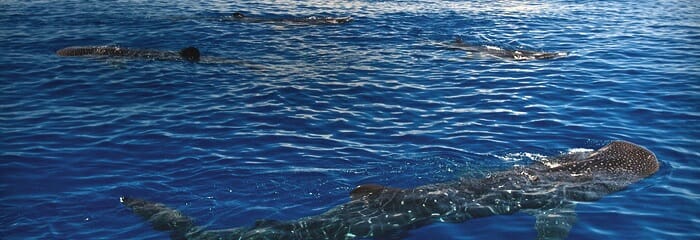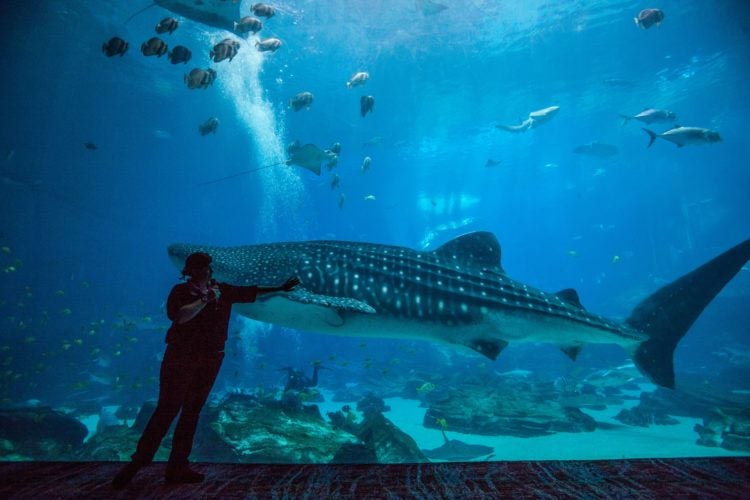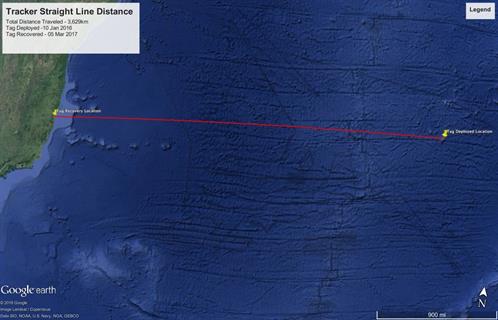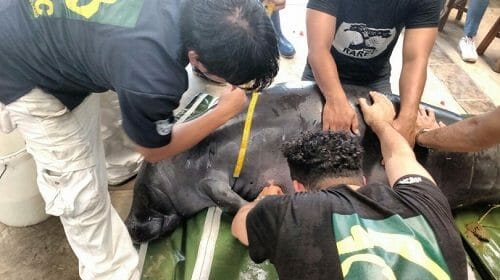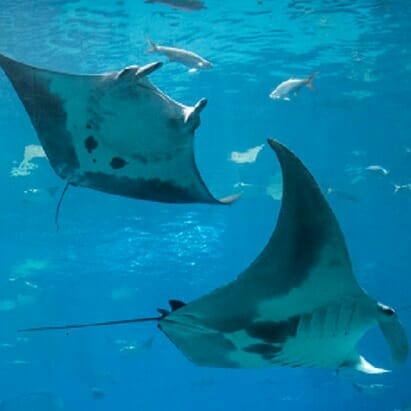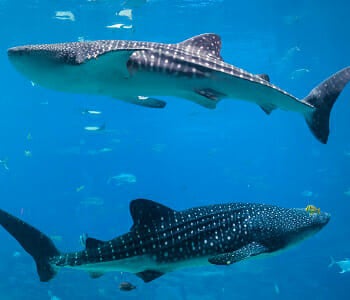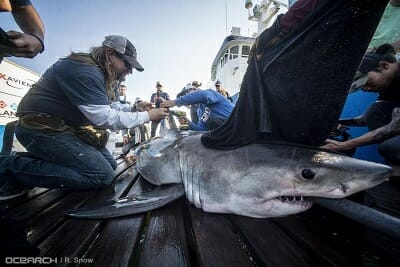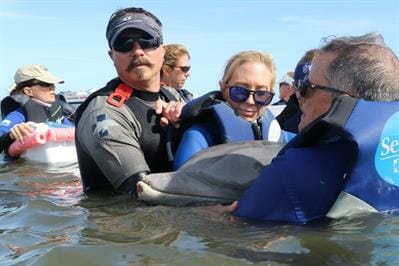Greetings, and welcome back to another issue of Georgia Aquarium’s Research and Conservation newsletter. We are excited to bring this edition to you in our new, digital format. Please enjoy reading about some of our most recent happenings as well as the chance to revisit some old projects and get an update on the data collected.
The Georgia Aquarium Research and Conservation department is dedicated to spreading the word about ocean and human health through the One Health model. We were fortunate to have visiting lecturer, Dr. Anders Goksøyr, discuss ecotoxicology in Arctic animals, from fish to polar bears. I had the opportunity to present a presentation entitled “Marine Mammals as Sentinels for Ocean and Human Health” to a public lecture series hosted at Penn State University. Also, earlier this year, Dr. Al Dove attended the World Oceans Summit held in Bali, Indonesia where industry professionals, scientists, and political and economic leaders came together to discuss the human impact on marine pollution.
Our team members continue their field work, including nutrition studies on spotted eagle rays in Florida and more opportunities to work with sharks, including the great white, on the OCEARCH vessel. We’ll share the story of a very unique journey taken by one of our whale shark satellite tags deployed in St. Helena last year and discuss how some expeditions have the best intentions but always don’t turn out the way you planned. We’ve also included a story on a successful disentanglement operation in Florida involving a bottlenose dolphin calf and other interesting activities that Georgia Aquarium has been a part of.
And finally, we continue to publish our findings in some of the most respected scientific journals. This year was an important year for publishing data from our Bottlenose Dolphin Health and Environmental Risk Assessment (HERA) Project. Three articles have been published so far in 2017 with more in various stages of publication.
Have a safe and happy summer and we’ll be back in the fall with a new issue discussing the always exciting and busy summer field season.
Until then, take care.
Gregory D. Bossart, VMD, PhD
Senior Vice President
Animal Health, Research and Conservation


